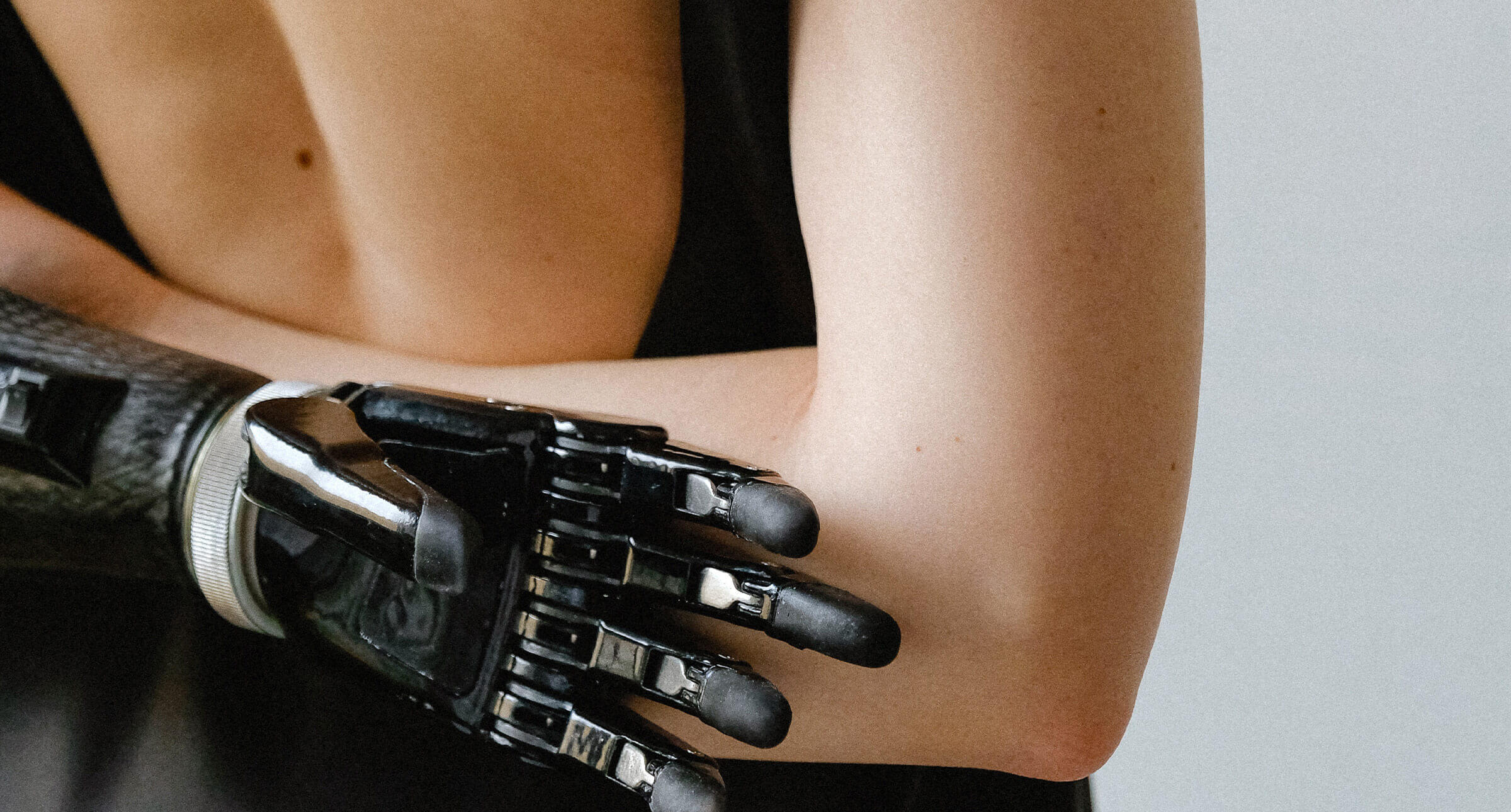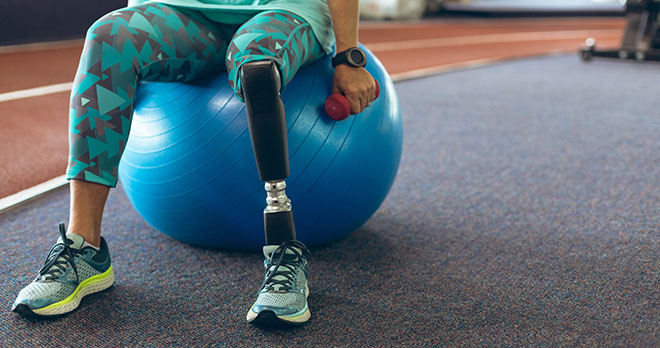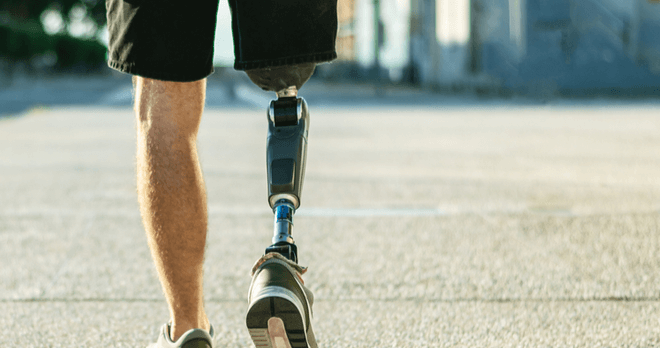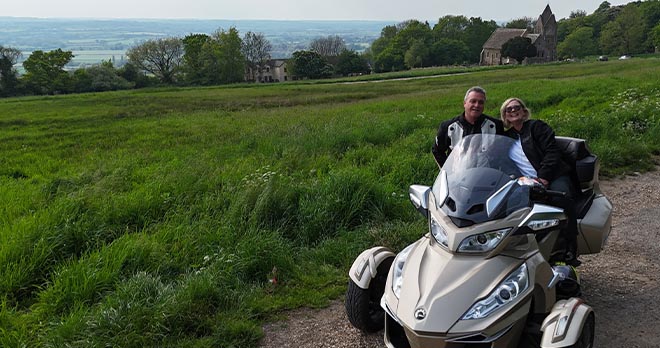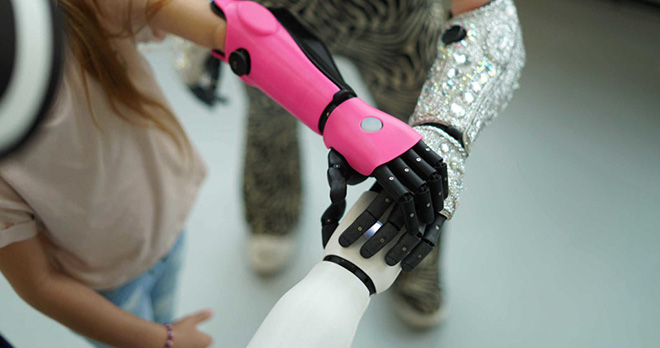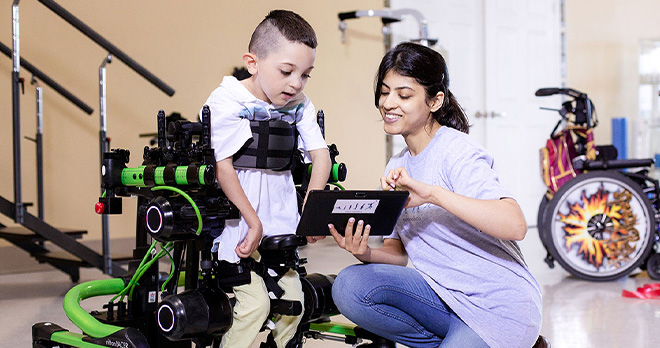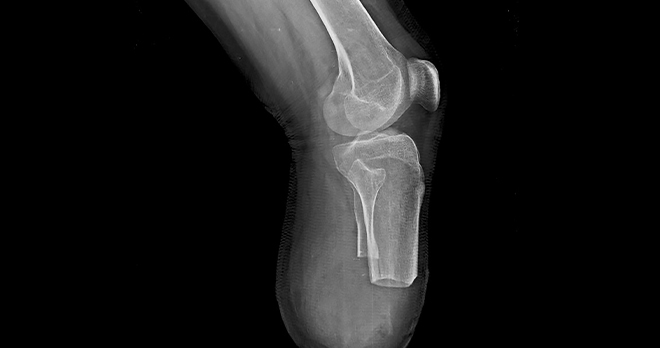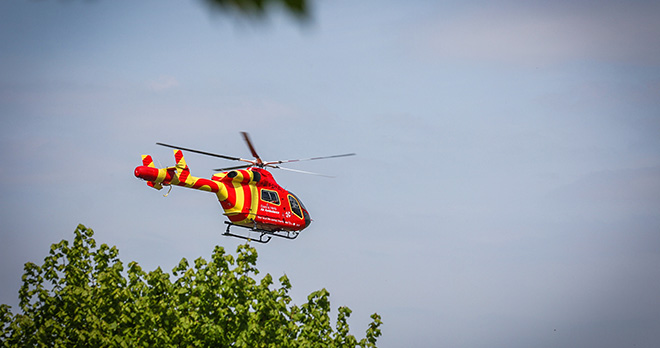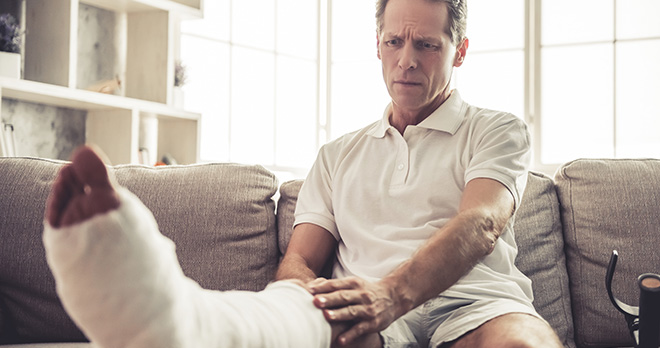What if fingers cannot be re-attached? How prosthetics tech helps those who have experienced injury to their hands
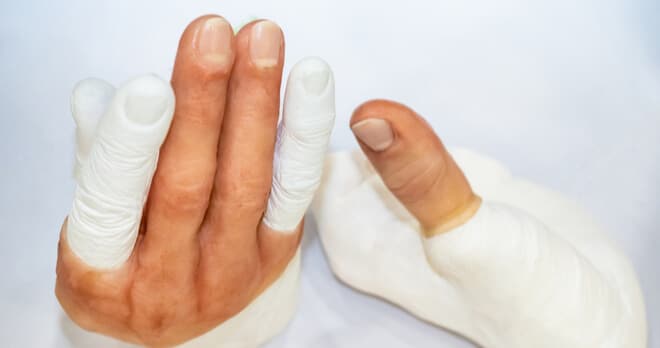
The story of Anthony Lelliot, who almost completely severed his hand in two places whilst cutting floor boards, is a fantastic demonstration of the medical expertise that can be brought to bear when someone experiences limb loss. Not only did surgeons manage to re-attach many of Mr Lelliot’s digits, which were hanging by a thread, but physiotherapy is expected to restore most of Mr Lelliot’s motor functions. The work of St George’s Hospital has been vital to help Mr Lelliot hopefully regain the use of his hand after his horrible accident.
However, what happens when people who injure their hands aren’t so lucky? How can they regain the use of their hand? Fortunately, technology can help.
Regaining the use of your hands with the latest in prosthetics tech
Tech is a powerful tool, and one of the main benefits it can provide for those who are disabled is by helping to restore some of their independence. A couple of fantastic examples of this can be found below.
The i-limb
A client of ours in 2014 injured his hand in much the same way as Anthony Lelliot.
Whilst working with a wood saw, our client pulled the wood through the saw machine and it kicked back, drawing his hand back into the saw as well. Unfortunately an adequate guard had not been fitted, so our client was left with a severe injury to his left hand. He sawed off his little and ring fingers, lost blood supply to his middle finger, and experienced nerve damage. Ultimately he lost his little and ring fingers entirely and suffered significant loss of power in his grip and sensation in that part of his hand.
After he came to us, we consulted with experts who suggested he use the i-limb, a type of prosthetic designed for people who have injured their hands.
The i-limb can work with a smartphone app for ‘quick grips’, as well as muscle and proximity control to help with picking up and using objects as part of day-to-day tasks.
As someone who suffered with PTSD from the accident, our client not only found the i-limb had functional and physical benefits, but also psychological ones too. As with any prosthetic that we manage to secure for our limb loss clients, the mental health benefits of being able to recover some level of independence using prostheses are profound.
Naked Prosthetics
The i-limb is not the only device available to those who have injured their hands. A company called Naked Prosthetics, who have only recently started to be used by amputees in the UK, also offer a more mechanical, though no less innovative, solution for those who have lost fingers.
Naked Prosthetic’s YouTube channel is filled with examples of people who have regained the use of their hands following amputation such as the below, a fantastic demonstration of life after limb loss.
X-tips
Similar to Naked Prosthetics, a prosthesis that we have also come across are X-tips. These stainless steel replacement fingertips are designed to be strong and low-profile, but are best suited to those who have some level of articulation in what remains of their digit, i.e. an above the middle phalange/knuckle amputation.
Their low-profile nature means they are ideal for people who have lost multiple fingers, and are suitable for a range of motions too. Another great bit of mechanical tech to help people regain some of the lost motor functions in their hand.
Silicone finger prosthetics
Regaining the use of your hand isn’t always about motor function though. Sometimes it’s about regaining self-esteem following the loss of fingers. Everyday social situations like holding a drink or shaking hands can become very difficult if you aren’t confident about showing amputated digits.
For example, a client of ours found himself very self-conscious about the loss of his fingers in an accident involving a saw, and so we arranged for new silicone fingers to be made to cover his amputated digits. These silicone fingers can be made to match skin tone and look very real – they can even be supplied with summer and winter variants to account for a holiday tan – and they simply slip on and fit by suction.
When he received them and had the prosthetic fingers fitted our client described them as ‘life-changing’; they enabled him to regain his confidence and went some way to returning his life to how it had been before his accident. Sometimes technological developments don’t have to be complicated to help with complex issues.
The story of someone having their hand rebuilt and regaining some of the use of their hand should be considered a great example of how medicine has progressed. Unfortunately though, not everyone is so lucky, so it is encouraging to know that there are options out there for people who have experienced the loss of fingers and other damage to their hand which cannot be fixed in the same way.
The examples above are inspiring demonstrations of how technology can help people with disabilities to regain their independence, returning their lives to somewhere near how they lived before they were injured.
If you have experienced amputation as a result of an accident that wasn’t your fault, or through medical negligence, we can help you to make a claim for compensation.
Call now
